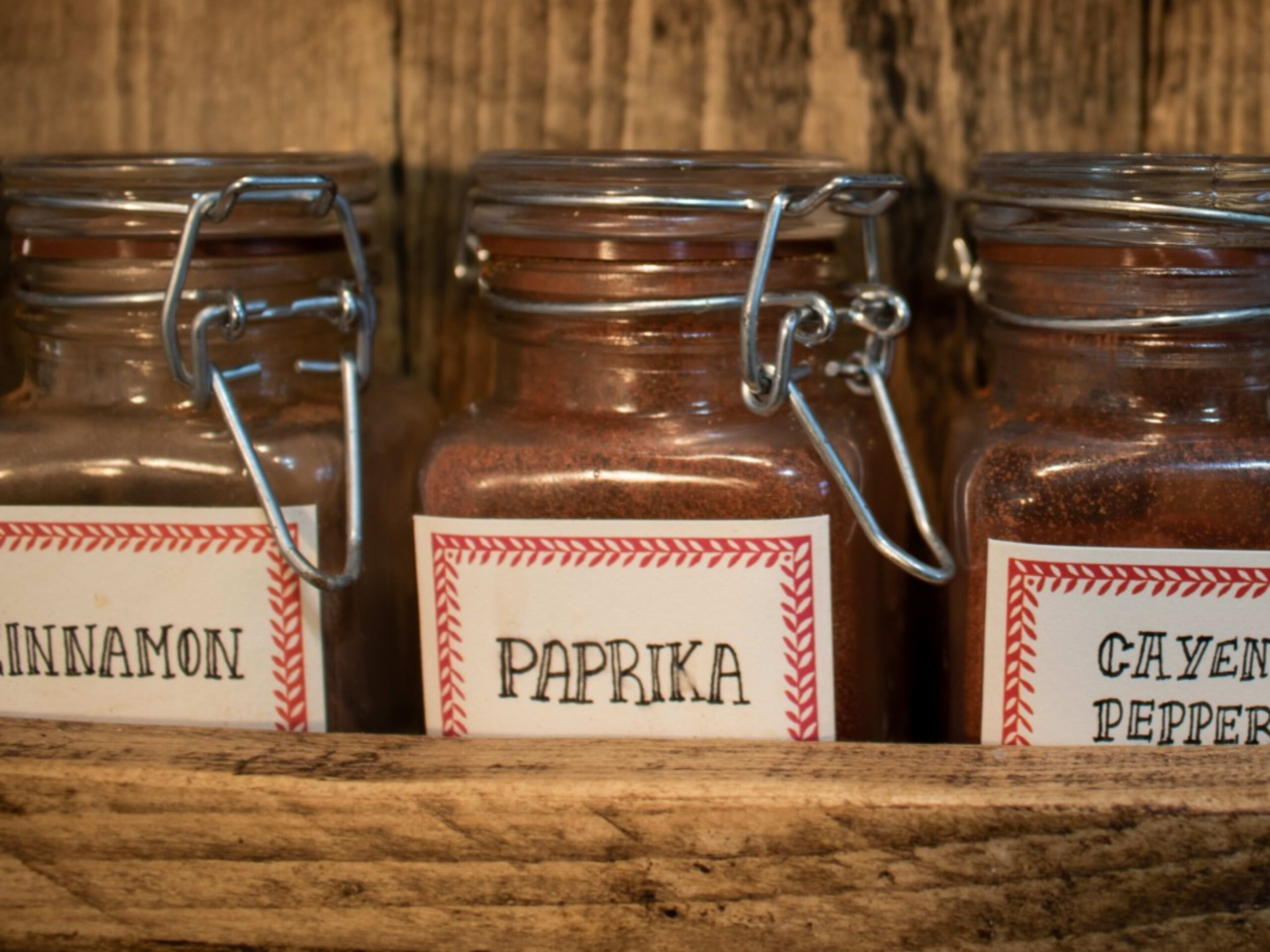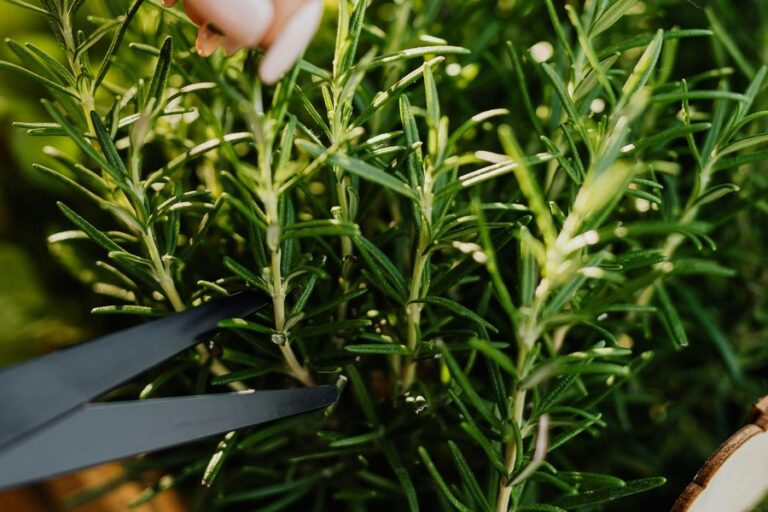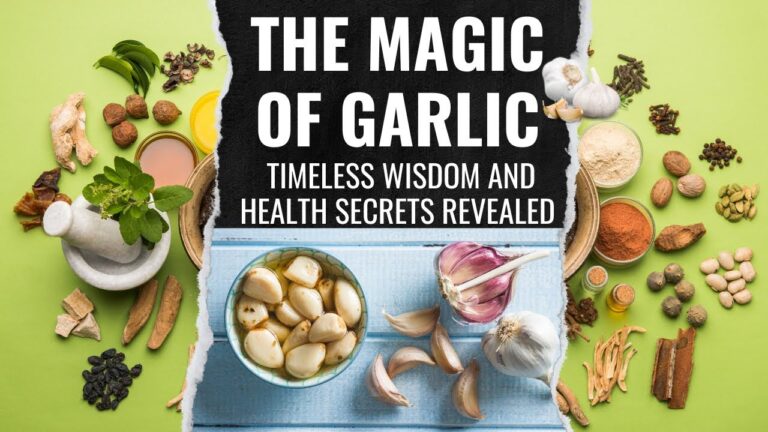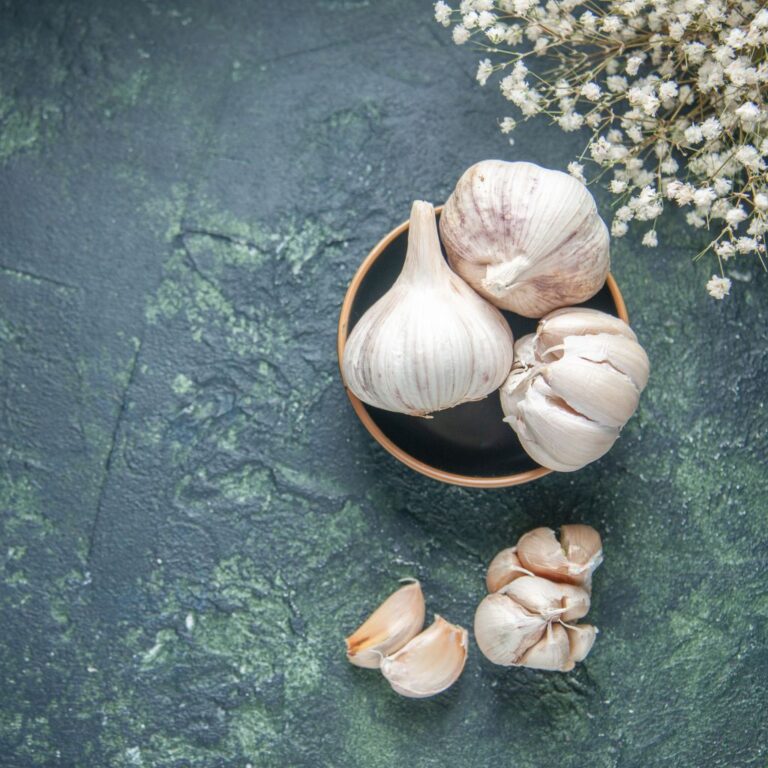Cumin: More Than Just a Spice Rack Staple
In the vast, aromatic pantheon of spices, few hold the quiet ubiquity and profound historical significance of cumin. Often relegated to the background, a mere supporting player in the grand symphony of a curry or the earthy depth of a chili, Cuminum cyminum is, in truth, a culinary titan, a medicinal marvel, and a silent narrator of human history. From the sun-baked plains of ancient Egypt to the bustling spice souks of Marrakech, from the vibrant kitchens of India to the smoky grills of Mexico, cumin has woven itself into the very fabric of global gastronomy and wellness. This isn’t merely a spice; it’s a story, a journey spanning millennia and continents, whispering tales of trade, tradition, transformation, and tantalizing flavor. To truly appreciate cumin is to embark on an odyssey, delving deeper than the modest jar in your spice rack allows, to uncover the multifaceted legacy of this extraordinary seed.
The Whispers of Time: A Historical Odyssey
The story of cumin begins not in a modern kitchen, but in the cradle of civilization, echoing through the annals of time with a resonance that few other spices can claim. Its antiquity is staggering, predating many of the culinary traditions we associate it with today. Archaeological evidence places cumin among the earliest cultivated spices, with seeds discovered in Neolithic sites in Syria dating back over 4,000 years, and in the Egyptian New Kingdom, suggesting its use in daily life as far back as 2000 BCE.
In ancient Egypt, cumin’s role extended far beyond the culinary. It was a prized commodity, found in the tombs of pharaohs, including Tutankhamun, used not only as a flavoring agent but also as a preservative in the mummification process. Its pungent aroma was believed to ward off evil spirits and aid the deceased in their journey to the afterlife, imbuing it with a sacred, almost mystical quality. The Greeks, too, held cumin in high esteem, placing a small bowl of it on the dining table as a condiment, much like we use salt and pepper today—a testament to its fundamental role in their daily diet. The Romans adopted this practice, often substituting it for the more expensive black pepper, thereby cementing its status as a foundational flavor. Pliny the Elder, the Roman naturalist, even noted its medicinal properties, particularly for dyspepsia.
The journey of cumin from the Near East across the globe is a testament to the intricate web of ancient trade routes. As empires rose and fell, as caravans traversed the Silk Road and ships plied the maritime spice routes, cumin seeds were among the precious cargo exchanged, alongside frankincense, myrrh, and silk. It reached India thousands of years ago, where it quickly became indispensable to Ayurvedic medicine and the burgeoning culinary traditions of the subcontinent. Its arrival in China also brought it into the lexicon of Traditional Chinese Medicine, where it was valued for its warming properties and digestive benefits.
By the medieval period, cumin had firmly established itself in Europe, albeit with a dual identity. While still used in cooking, particularly in the Mediterranean regions, it was also widely employed for its perceived medicinal virtues. Monasteries cultivated it in their herb gardens, and apothecaries prescribed it for a litany of ailments, from indigestion and flatulence to respiratory issues and even love potions. Its inclusion in medieval cookbooks underscores its common usage, bridging the gap between humble seasoning and esteemed remedy.
The Age of Exploration further propelled cumin’s global spread. Spanish and Portuguese colonizers, familiar with its uses from their own cuisines, introduced it to the New World in the 15th and 16th centuries. It quickly found a congenial home in the fertile soils and warm climates of the Americas, where it was eagerly adopted by indigenous populations and subsequently integrated into the vibrant, complex culinary landscapes of Mexico, Central, and South America. Its pungent warmth became synonymous with chili powders, adobos, and stews, creating the distinctive flavor profiles we recognize today.
Thus, the unassuming cumin seed has witnessed millennia of human history, quietly adapting, integrating, and enriching cultures across every major continent. It is a flavor that connects us to our ancestors, a taste of ancient wisdom that continues to resonate in our modern world.
Unveiling the Botanical Marvel: Cuminum cyminum
To truly understand cumin, we must delve into its botanical identity, appreciating the delicate plant from which these potent seeds originate. Cuminum cyminum belongs to the Apiaceae family, a vast and diverse group also known as the Umbelliferae, which includes other familiar culinary herbs and vegetables like parsley, carrots, dill, and fennel. This familial connection hints at some shared aromatic characteristics, yet cumin possesses a distinct personality all its own.
The cumin plant is a slender annual herb, typically growing to a height of about 30-50 centimeters (12-20 inches). Its delicate, feathery leaves are deeply dissected, resembling those of dill or fennel. In late spring or early summer, it produces small, white or pinkish flowers arranged in compound umbels, which are characteristic of its family – a beautiful, umbrella-like cluster of tiny blossoms. These flowers eventually give way to the small, oblong fruits, which are the "seeds" we use as a spice. While botanically a fruit (specifically, a schizocarp), they are universally referred to as seeds in culinary contexts.
Cultivating cumin requires specific environmental conditions. It thrives in warm, dry climates with a long growing season and plenty of sunshine. Mediterranean regions, parts of India, China, and Mexico provide ideal conditions. The soil must be well-drained and relatively fertile. Cumin is a notoriously delicate crop, susceptible to frost and excessive moisture, which can lead to fungal diseases. This sensitivity contributes to its value and the careful cultivation practices required.
Harvesting cumin is often a manual, labor-intensive process. Once the seeds mature and turn a yellowish-brown, the plants are typically cut, dried in the sun, and then threshed to separate the seeds. This traditional method ensures the integrity of the seeds and preserves their volatile oils, which are the source of their potent flavor and aroma.
While the most common variety of cumin is a yellowish-brown (often called "white" or "green" cumin in the trade), there are other types that can cause confusion. "Black cumin," for instance, is a term often loosely applied to several distinct spices. True black cumin (Bunium persicum) is a different species, producing smaller, darker, and sweeter seeds with a more complex, almost smoky flavor profile, distinct from Cuminum cyminum. Another spice, Nigella sativa, also goes by the name "black cumin" or "black caraway" but is botanically unrelated and possesses a unique oniony, peppery taste. It’s important for the knowledgeable consumer to distinguish between these, as their flavor profiles and culinary applications differ significantly. The cumin we primarily discuss, the global staple, is the light brown Cuminum cyminum.
Once harvested and dried, cumin seeds can be used whole or ground. The whole seeds retain their volatile oils more effectively and impart a fresher, more nuanced flavor when toasted and added to dishes. Grinding, however, releases these oils, making the flavor more immediate and intense, though it can diminish over time if not stored properly. The transformation from a delicate flower to a potent seed, ready to infuse dishes with its characteristic warmth, is a testament to the subtle power of nature harnessed by human ingenuity.
The Science of Scent and Flavor: Aromatic Alchemy
The magic of cumin lies in its complex aromatic profile, a symphony of volatile organic compounds that interact to create its distinctive, warm, earthy, and slightly pungent flavor. For a knowledgeable audience, understanding the chemical underpinnings of this flavor is key to appreciating its culinary prowess.
The dominant compound responsible for cumin’s characteristic aroma and flavor is cuminaldehyde, which typically constitutes 25-35% of its essential oil. This aldehyde is a potent molecule, imparting a strong, slightly bitter, and woody note. However, cumin’s flavor is not monolithic; it’s a rich tapestry woven with other significant compounds:
- Cymene: Contributes a warm, slightly woody, and somewhat citrusy note.
- Beta-pinene: Adds a fresh, piney, and resinous nuance.
- Gamma-terpinene: Imparts a herbaceous, citrusy, and slightly earthy aroma.
- Limonene: Present in smaller amounts, adding a hint of fresh citrus.
- Myrcene: Contributes a green, slightly balsamic, and spicy undertone.
These compounds, in varying proportions, create the multifaceted flavor that defines cumin: a robust earthiness, often described as savory and slightly bitter, with undertones of nuttiness, a hint of citrus, and a subtle smokiness, especially when toasted. It’s a flavor that grounds a dish, providing a deep, resonant base note.
The method of preparation profoundly impacts cumin’s flavor. Using whole seeds in their raw state will yield a milder, fresher flavor, but the true potential of cumin is unlocked through heat. Roasting cumin seeds is a transformative process. The heat causes the Maillard reaction and caramelization of sugars within the seeds, leading to the formation of new flavor compounds and the intensification of existing ones. This process mellows some of the sharper, more bitter notes of cuminaldehyde, while enhancing the nutty, smoky, and earthy characteristics. Roasted cumin develops a deeper, more complex, and less raw flavor, making it highly desirable in many cuisines. Grinding roasted seeds further concentrates this intensified flavor.
Cumin’s unique profile also makes it an exceptional team player, capable of forming powerful synergies with other spices. It often forms the backbone of spice blends, working in harmony with:
- Coriander: Its citrusy, floral notes provide a bright counterpoint to cumin’s earthiness.
- Chili: Cumin’s warmth complements chili’s heat, adding depth and complexity without overwhelming it.
- Turmeric: Together, they create the iconic golden hue and savory base of many curries.
- Garlic and Onion: These alliums amplify cumin’s savory notes, creating a foundational flavor base for countless dishes.
Understanding the alchemy of cumin’s chemical compounds and how they respond to heat and interact with other ingredients allows a knowledgeable cook to wield this spice with precision, crafting dishes that are not just flavorful, but exquisitely balanced and deeply aromatic.
A Global Palette: Cumin in the World’s Kitchens
Cumin’s universal appeal is perhaps best illustrated by its indispensable role in the culinary traditions of cultures spanning the globe. Its presence is so ingrained in certain regional cuisines that it’s impossible to imagine their signature dishes without it.
Indian Subcontinent: The Heartbeat of Curry
In India, cumin, or "Jeera," is not just a spice; it’s a fundamental element, an aromatic cornerstone. It is used in virtually every form imaginable: whole, ground, roasted, fried. One of its most iconic applications is in "Tadka" or "Tempering," where whole cumin seeds (alongside mustard seeds, asafoetida, and curry leaves) are fried in hot oil or ghee until they splutter and release their fragrance. This aromatic infusion is then poured over a finished dish, like dal or vegetables, adding a burst of fresh flavor and texture.
Ground roasted cumin (often called "bhuna jeera") is a staple in raitas (yogurt-based accompaniments), chaats (savory street snacks), and spice blends like Garam Masala, where it contributes warmth and depth. From the rich, slow-cooked curries of the North, such as Rogan Josh, to the lighter, vegetable-based dishes of the South, from fragrant biryanis to comforting dals, cumin provides an earthy foundation. Its versatility allows it to bridge the gap between vegetarian and non-vegetarian dishes, between everyday meals and celebratory feasts, making it truly the heartbeat of Indian cuisine.
Middle East & North Africa: The Soul of Savory
Cumin’s origins lie close to this region, and its influence here is ancient and profound. In the Middle East and North Africa, cumin provides the soulful, savory depth to a vast array of dishes. It is essential in the spice blend Ras el Hanout, a complex mixture that varies by region but always includes cumin.
From the vibrant tagines and couscous dishes of Morocco to the succulent grilled meats (kefta, shawarma) of Lebanon and Syria, cumin imbues a characteristic warmth. It’s a key ingredient in the iconic chickpea dishes like hummus and falafel, lending them their earthy robustness. In Turkish cuisine, it seasons spicy sausages (sucuk) and lentil soups. In Egyptian cooking, it features prominently in Foul Medames (fava bean stew) and Kushari (a hearty rice and lentil dish). Its slightly smoky note complements the char of grilled meats and vegetables, making it a natural fit for the region’s culinary landscape.
Latin America: The Fiery Embrace
When the Spanish conquistadors brought cumin to the Americas, it quickly became an integral part of the emerging fusion cuisines. In Mexico, cumin is synonymous with the robust, complex flavors of chili powder, adobos, moles, and countless stews. It provides an essential earthy depth to staples like tacos, burritos, and enchiladas, balancing the heat of chilies and the tang of tomatoes. Its presence is so pervasive that many associate its aroma directly with Mexican food.
Further south, in Central and South America, cumin maintains its prominence. It’s a foundational spice in the sofrito base of many Caribbean and South American dishes. In Brazil, it flavors the national dish, feijoada (black bean and meat stew), and various marinades. In Peru, it’s crucial for ceviche marinades and lomo saltado. In Argentina and Chile, it seasons empanadas and grilled meats (asado). Its warm, pungent character seems perfectly suited to the bold, hearty flavors of Latin American cooking, demonstrating its adaptability and universal appeal.
Beyond the Big Three: Global Echoes
Cumin’s reach extends even further. In China, particularly in the Xinjiang province, its aroma is central to Uighur cuisine, notably in lamb skewers (yang rou chuan) grilled over charcoal, where its earthy notes perfectly complement the fatty lamb. Some European cuisines also feature cumin; it’s an unexpected but key ingredient in certain Dutch cheeses, adding a piquant, slightly bitter edge. In parts of Southeast Asia, particularly in certain curries and spice pastes, cumin lends its depth alongside other indigenous spices.
This global culinary tour reveals not just cumin’s versatility, but its power as a cultural connector. It’s a thread that weaves through disparate cuisines, adapting its expression to local palates while consistently providing a grounding, aromatic warmth that is universally cherished.
Beyond the Plate: Cumin’s Health & Wellness Legacy
For millennia, long before the advent of modern pharmacology, cumin was revered not just for its flavor but for its potent medicinal properties. This legacy, rooted in ancient healing traditions, is increasingly being validated by contemporary scientific research, revealing cumin as a true super-spice for health and wellness.
Traditional Wisdom: Ancient Healers’ Ally
In ancient systems of medicine like Ayurveda (India), Unani (Persian-Arabic), and Traditional Chinese Medicine, cumin held a place of prominence. It was traditionally prescribed for a wide array of ailments, particularly those related to digestion. Ayurvedic texts describe cumin as a digestive stimulant, carminative (reducing flatulence), and anti-inflammatory agent. It was used to alleviate indigestion, bloating, diarrhea, and even morning sickness. In Unani medicine, it was considered a "warming" spice, beneficial for respiratory issues, fevers, and as a detoxifier. This long-standing traditional use underscores a deep experiential understanding of cumin’s therapeutic benefits.
Modern Scientific Validation: A Closer Look
Contemporary research, employing rigorous scientific methodologies, has begun to unravel the biochemical mechanisms behind cumin’s traditional uses, revealing a rich profile of bioactive compounds.
- Digestive Health: Studies have confirmed cumin’s carminative properties, showing that it can stimulate the secretion of digestive enzymes, such as amylase and lipase, which aid in the breakdown of carbohydrates and fats. Its anti-spasmodic effects can help alleviate abdominal cramps and bloating, making it an effective natural remedy for conditions like irritable bowel syndrome (IBS).
- Antioxidant Powerhouse: Cumin is rich in antioxidants, including phenols, flavonoids, and terpenoids. These compounds combat free radicals in the body, which are unstable molecules that contribute to oxidative stress, cellular damage, and chronic diseases like cancer, heart disease, and neurodegenerative disorders. The high antioxidant content makes cumin a protective agent for cellular health.
- Anti-inflammatory Effects: The cuminaldehyde and other compounds in cumin have demonstrated anti-inflammatory properties. Chronic inflammation is a root cause of many diseases, from arthritis to cardiovascular disease. Cumin’s ability to modulate inflammatory pathways suggests its potential role in managing inflammatory conditions.
- Blood Sugar Regulation: Emerging research indicates that cumin may play a role in managing blood sugar levels. Some studies suggest it can improve insulin sensitivity and reduce fasting blood glucose, making it a promising dietary supplement for individuals with type 2 diabetes or those at risk.
- Cholesterol Management: Several human studies have shown that regular consumption of cumin can lead to a significant reduction in "bad" LDL cholesterol and triglycerides, while potentially increasing "good" HDL cholesterol. This lipid-lowering effect positions cumin as a beneficial spice for cardiovascular health.
- Weight Management: Perhaps one of the most exciting areas of research is cumin’s potential role in weight loss. A randomized controlled trial found that women who consumed cumin powder daily experienced significant reductions in weight, BMI, waist circumference, and body fat compared to a control group. This effect is thought to be related to its metabolic boosting and fat-burning properties.
- Antimicrobial and Antifungal Properties: Cumin essential oil has demonstrated potent antimicrobial and antifungal activity against various bacteria and fungi, including common foodborne pathogens. This validates its traditional use as a preservative and as a remedy for infections.
- Rich in Micronutrients: Beyond its active compounds, cumin is a good source of essential minerals. It is particularly rich in iron, vital for oxygen transport in the blood, and manganese, important for bone health and metabolism. It also contains magnesium, calcium, and zinc in smaller amounts.
- Potential Anti-Cancer Properties: Preliminary in vitro and animal studies suggest that certain compounds in cumin, particularly cuminaldehyde, may possess anti-cancer properties by inhibiting the proliferation of cancer cells and inducing apoptosis (programmed cell death). While promising, more human research is needed in this area.
Whether brewed as a digestive tea, incorporated generously into daily meals, or taken as a concentrated extract, cumin offers a holistic approach to wellness. Its journey from ancient folk remedy to a subject of modern scientific scrutiny underscores its enduring value as a natural ally for human health.
The Art of Cumin: Cultivation, Craft, and Consciousness
The journey of cumin from seed to spice rack is not merely a natural process; it’s an art, shaped by human hands, knowledge, and increasingly, by conscious choices. For the discerning consumer and culinary enthusiast, understanding the nuances of cultivation, processing, and sourcing adds another layer to appreciating this remarkable spice.
Sustainable Practices and Ethical Sourcing
As global demand for spices grows, so does the imperative for sustainable and ethical cultivation. Cumin, like many other cash crops, faces challenges such as water usage, soil depletion from monoculture, and fair labor practices. Traditional cumin farming, often carried out by small-holder farmers, can be inherently more sustainable, relying on generations of knowledge about local ecosystems. However, industrial-scale farming can lead to environmental concerns.
The rise of fair trade initiatives and direct sourcing relationships aims to address these issues. By choosing ethically sourced cumin, consumers can support farmers who employ sustainable practices, receive fair wages, and contribute to the well-being of their communities. This conscious approach ensures that the "story" of cumin extends beyond its flavor to encompass social and environmental responsibility.
Quality Assessment: The Mark of Excellence
Not all cumin is created equal. The quality of cumin can vary significantly based on its origin, cultivation methods, and post-harvest processing. For a knowledgeable audience, recognizing high-quality cumin is key to maximizing its culinary and health benefits.
- Aroma: High-quality cumin, whether whole or ground, should possess a strong, pungent, and warm aroma. If it smells faint, musty, or stale, its volatile oils have likely diminished.
- Color: Whole cumin seeds should be a consistent light brown to yellowish-brown. Ground cumin should have a rich, uniform color. Discoloration or excessive paleness can indicate poor quality or age.
- Whole Seeds: For whole cumin, look for seeds that are intact, plump, and free from excessive dust, stems, or other foreign matter.
- Freshness: While difficult to ascertain visually, purchasing from reputable sources with high turnover ensures freshness. Ground cumin degrades faster than whole seeds.
Storage: Preserving Potency
Proper storage is paramount to maintaining cumin’s potency. Both whole and ground cumin should be stored in airtight containers, away from direct sunlight, heat, and moisture. A cool, dark pantry is ideal. Whole seeds will retain their flavor for up to 3-4 years, while ground cumin is best used within 6-12 months. Grinding small batches of whole roasted cumin as needed is the best way to experience its peak flavor and aroma.
Innovation in Modern Gastronomy
While deeply rooted in tradition, cumin continues to inspire culinary innovation. Avant-garde chefs are exploring its potential beyond traditional savory dishes. Cumin infusions are being used in cocktails, adding an unexpected earthy depth. Cumin-scented oils or powders are employed to finish dishes, providing a final aromatic flourish. In molecular gastronomy, its compounds might be isolated or paired with surprising ingredients to create novel sensory experiences. This ongoing exploration ensures that cumin remains a vibrant, evolving ingredient in the culinary world.
The journey of cumin from the farmer’s field to the chef’s plate, and ultimately to our palate, is a testament to the intricate dance between nature and human endeavor. It is a story of craft, care, and a growing consciousness about the provenance and impact of the ingredients we consume.
Conclusion: The Enduring Legacy of a Humble Seed
From its ancient origins in the Fertile Crescent to its current status as a global culinary staple, cumin has journeyed through millennia, adapting, enriching, and profoundly influencing the human experience. It is a story told not through grand pronouncements, but through the subtle, earthy warmth it imparts to a myriad of dishes, through the healing touch it offered ancient healers, and through the scientific revelations that continue to uncover its therapeutic might.
We have traced its historical odyssey, marveling at its early adoption by pharaohs and emperors, its vital role in the great spice routes, and its eventual embrace by cultures across every continent. We have delved into its botanical identity, appreciating the delicate plant that yields such potent seeds, and dissected its aromatic alchemy, understanding the chemical compounds that craft its unmistakable flavor. Our culinary tour has highlighted its indispensable presence in the vibrant kitchens of India, the soulful stews of the Middle East, and the fiery embrace of Latin America, demonstrating its universal appeal and adaptability. Finally, we explored its profound health and wellness legacy, where ancient wisdom meets modern science, revealing cumin as a potent antioxidant, anti-inflammatory, and metabolic ally.
Cumin, in its quiet power, reminds us that true significance often lies in the unassuming. It is more than just a spice rack staple; it is a cultural artifact, a testament to human ingenuity, a beacon of health, and a sensory delight that continues to connect us to our past, enrich our present, and inspire our future. Next time you encounter this humble seed, take a moment to savor its aroma, appreciate its journey, and recognize the extraordinary story held within its small, potent form. It is a story that, like its flavor, is deep, complex, and utterly unforgettable.







